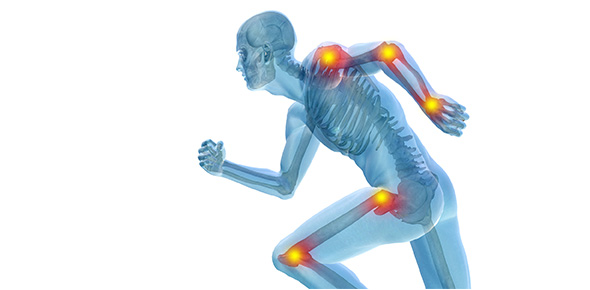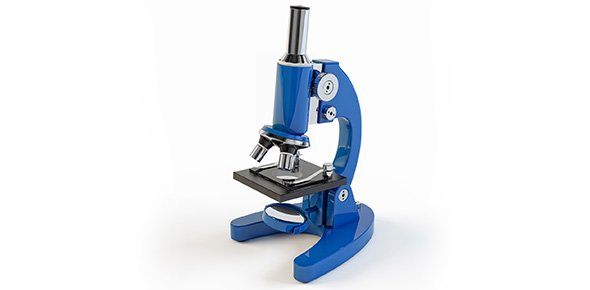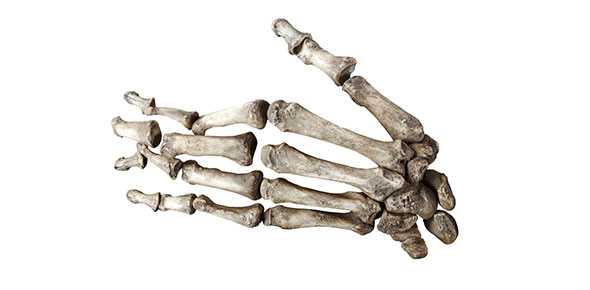Related Flashcards
Cards In This Set
| Front | Back |
|
What is an embolus
|
Freely movable, intravascular mass that is carried from one anatomic site to another by blood
|
|
2 types
|
Thromboemboli, Liquid Emboli
|
|
Thomboemboli
|
Fragments of thrombi carried by venous or arterial blood. Infected thrombi give rise to septic emboli.
Pulinarie embolism (from pulmonary artery) |
|
Liquid Emboli
|
Fat emboli that occure after bone fracture, amniotic fluid emboli caused by amniotic fluid into the uterine veins
|
|
Mural thrombus where it is, and then where it travels
|
Arterial embolus, stay in the heart and then travel to the brain or intestines
|
|
Other types of emboli
|
Gaseous emboli, solid particle emboli
|
|
Gaseous emboli common causes
|
Comes from air injected into veins, ait that is liperated under pressure (decompression sickness)
|
|
Solid particle emboli
|
Like cholesterol crystals can detach from atherosclerotic plaques, from tumor cells, bone marrow emboli
|
|
Most common emboli
|
Thromboemboli, which are classified on the basis of the vessels through which they are carried in the blood
|
|
Emboli anatomically classified
|
Venous emboli originate in veins and are carried by the venous cirulcation. Arterial emboli
|
|
Where do venous emboli usually end up?
|
Pulmonary artery, pulmonary branches causing pulmonary embolism
|
|
Where do arterial emboli originate?
|
Left atrium, ventricle, aorta and the major arteries. carriedby arterial blood and are cuases of infarction resulting from the occlusion of peripheral arteries
|
|
What is a paradoxical emboli?
|
Venous emboli that reach the arterial circulation through foramen ovale
|
|
Where to arterial emboli usually originate from?
|
Common causes of ischemia in organs, most originate from the endocardium or valvular thrombi. Ulceratred atherosclerotic plaques of the aorta and it's major branches
|
|
What size of arteries are usually involved in arterial embolism?
|
Medium to small
|







